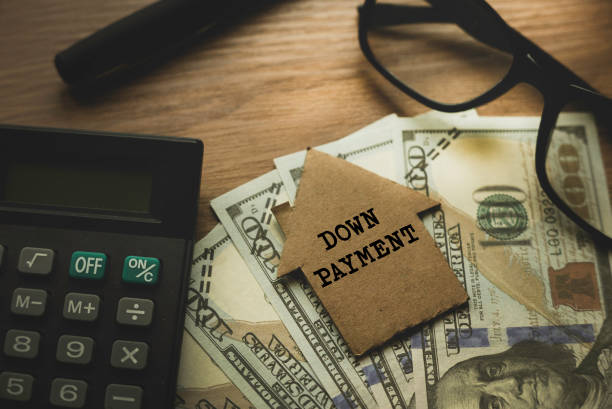Introduction
When it comes to buying a home, one of the biggest financial considerations is the down payment. The amount you put down upfront can significantly impact your monthly mortgage payments, interest rates, and the type of loan you qualify for. In this guide, we’ll delve into the world of down payments and help you determine how much you should save for your dream home.
What is a Down Payment?
A down payment is a lump sum of money you pay upfront when purchasing a home. It’s typically a percentage of the home’s purchase price. The remaining amount is financed through a mortgage loan. A larger down payment reduces the loan amount, which can lead to more favorable loan terms.
How Much Should You Save?
The ideal down payment amount can vary depending on several factors, including your financial situation, goals, and the type of mortgage you’re seeking. Here are some general guidelines:
- 20% Down Payment: Traditionally, a 20% down payment has been considered the gold standard. It often allows you to avoid private mortgage insurance (PMI) and secure better interest rates.
- Less Than 20% Down Payment: If you can’t afford a 20% down payment, don’t worry. Many lenders offer loans with lower down payment options, such as 5% or 10%. However, you may be required to pay PMI.
- Government Programs: Some government-backed loans, like FHA and VA loans, offer low down payment options, sometimes as low as 0% for eligible applicants.
- Local Programs: Check if there are any local or state programs that offer down payment assistance to first-time homebuyers.
Consider Your Budget
When determining your down payment amount, consider your budget and long-term financial goals. A higher down payment reduces your monthly mortgage payments but may require you to save for a longer period. Analyze your finances to strike a balance that aligns with your comfort level.
Additional Costs
Remember that the down payment is just one part of the upfront costs associated with buying a home. You’ll also need to budget for closing costs, which can include fees for appraisals, inspections, and more. Factor these costs into your savings plan.
Conclusion
Deciding how much to save for a down payment is a critical step in the home-buying process. While 20% down is often recommended, it’s not the only option. Many factors, including your financial situation and the type of mortgage you’re interested in, will influence your decision.
We understand that every homebuyer is unique. Our experienced team can help you assess your financial situation and explore mortgage options that align with your goals. Whether you’re aiming for a traditional 20% down payment or exploring low down payment options, we’re here to guide you through the process and make your dream of homeownership a reality.
If you have any questions or need personalized advice on down payments and mortgages, don’t hesitate to reach out. Your journey to owning a home starts with informed decisions, and we’re here to support you every step of the way.






